The bearded man passed the grey box to me. It was heavy, heavier than I expected. It also had it inside. It sensed I had it and it called to me. I hefted the box, looking uncertainly at the man. Heavy, almost unbearably heavy. Warm to the touch, too. It purred.
“Well?” rasped the man. “You taking it or what? I’ll even throw this in…” A large black-and-metal shiny ring glittered in his hand, characters adorning its circumference. I squinted at the swimming, squirming letters. “K&F Concept M39 – LT” was the arcane incantation inscribed thereon.
I counted out the bills which he crumpled and shoved roughly in his pocket. Finally sated, he turned to go, but hesitated, looking back at me, over his shoulder.
“Remember,” he smirked. “It wants feeding, that it does. Fifties. It likes fifties. Diffr’nt ones, if ye can, but fifties. Or there will be…” At that, he shrugged his shoulders and vanished into the rapidly coalescing fog. A small titter sounded from the direction of his departure. The box quivered in my hand in its evident impatience.
Gingerly, I screwed the ring onto my first offering, my first morsel. Letters and numbers, truly a blasphemous incantation inscribed in a script unknown – “ЮПИТЕР-8 2/50 No 6216381” adorned its hideous, monocular face.
The sacrifice ready, I opened the box. Like a thing alive, it leaped into my hand, forcing my reeling mind to command my reluctant fingers. I held its cold and curiously massive body, cradled in my hand, and flicked the black switch. A pale glow, like that of the gibbous moon, lit on its face. “Leica SL (Typ 601) Ready” it said. “Feed me”.
I inserted the sacrifice into its mount-mouth. With a satisfied click, it locked its jaws around the shiny ring.
Юпитер-8 (Jupiter-8) 50mm f/2
I bought this lens on US eBay, for quite an unprincely sum. The lens is fairly small, and, together with the slim M39 adapter, adds very little bulk to the camera. The combination of lens and adapter is the shortest and weighs the least – 175g. The focus throw is just under 180 degrees.
In use, it is just a tiny bit wobbly mechanically, though not as badly as some Soviet era lenses I came across. I do not know whether this is a characteristic of my particular sample or of the type in general, but it makes using it a bit… incongruous. Yes, incongruous with the feel of the SL itself. This feeling is exacerbated by the uncertain feeling of aperture selection and focusing.
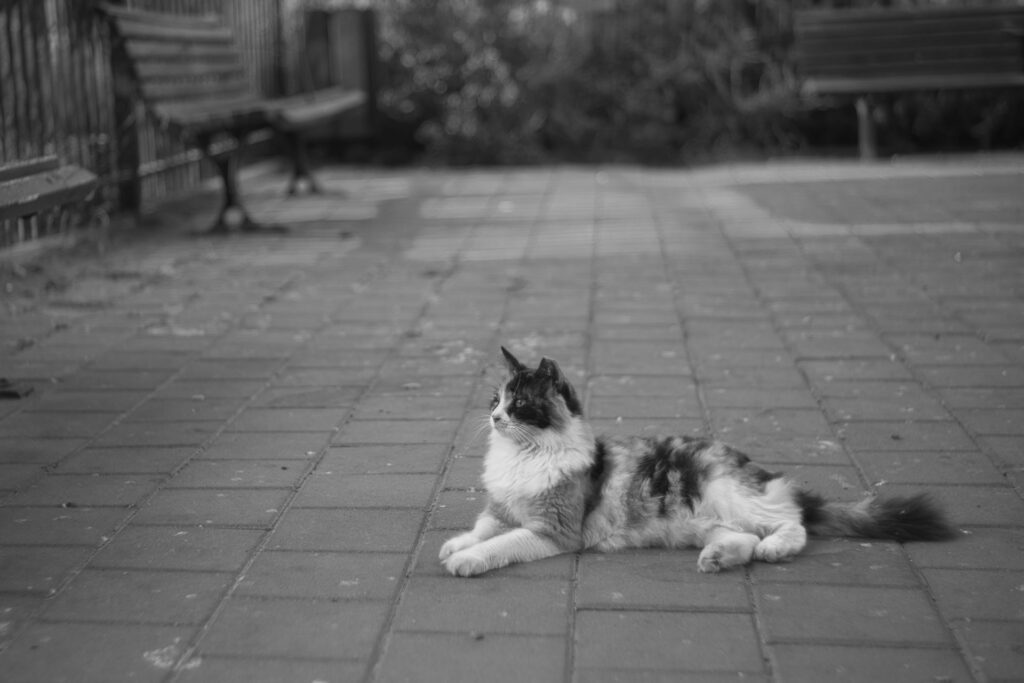
I like this little lens. The way it looks. The way it shoots. The way it renders. I just wish it were more solid, without the rattle, without the dead zones in focusing action. The lens looks somewhat underwhelming when mated to the SL’s body. Surely, none would be so nouveau riche as to be considering mere looks, but there you have it.
SMC Takumar 50mm f/1.4
This, actually, is the first of the fifties I got my hands on. If the little silver Jupiter is wobbly, then the Takumar is as solid as Clarke’s moon obelisk. Mounted on the camera, it looks like it belongs there. It is, among the lenses used, the one lens that could be described in biblical terms. “It is” and that’s all that there is to it.
Mated to the M42 adapter, it is the longest of the fifties, but not the heaviest, weighing in at 380g. The focus throw is about 190 degrees. And oh so very smooth and consistent. There is no play, there is no uncertainty. Same for the aperture control – click-click-click it goes and each click is as sharp and certain and consistent as the previous one. Zen.

I do not like this lens. I love it. The camera itself also likes it and who am I to argue with a German camera. Or – almost love it. Why, oh why are this thing’s controls reverse of normal? Who thought that would be a good idea? Why? Quibbles and whinges? Yes. But… Oh, so very annoying.
It would have been an excellent competitor to the FL had not the control been reversed. The reversal (which would be second nature to Nikon/Pentax users, of course) detract from this lens’ charm for me. The workflow interference is much too significant, especially since I have many other Canon FL/FD lenses, so the muscle memory stays with Canon directions.
Schneider-Kreuznach Retina-Xenon 1:1.9/50mm
This lens was given me by best friend. Sometimes, one wonders what have one’s friends got against one, for this particular lens is the reason for the Cthulhuesque opening. It squats atop not one but two adapters — a DKL-M42 and then an M42-LT. The DKL adapter provides that somewhat needed aperture control ring (why, oh why, Herr Tronier). And, to add a goolie-kick to injury, that cursed DKL adapter also adds a protruding release lever which is both scratchy and annoying at the same time. Did I mention that the lens is matte silver, the DKL adapter is gloss silver and the M42 adapter is matte black?
So, with a prayer spoken in one’s heart of hearts — let its images be so amazing that this ordeal be worth it, oh Great Lord Dagon; let the colours be like nothing seen on this earth, oh mighty Nyarlathotep; let Unholy Ygg bless this unimaginable combination of incombinables – I mounted it on the SL.
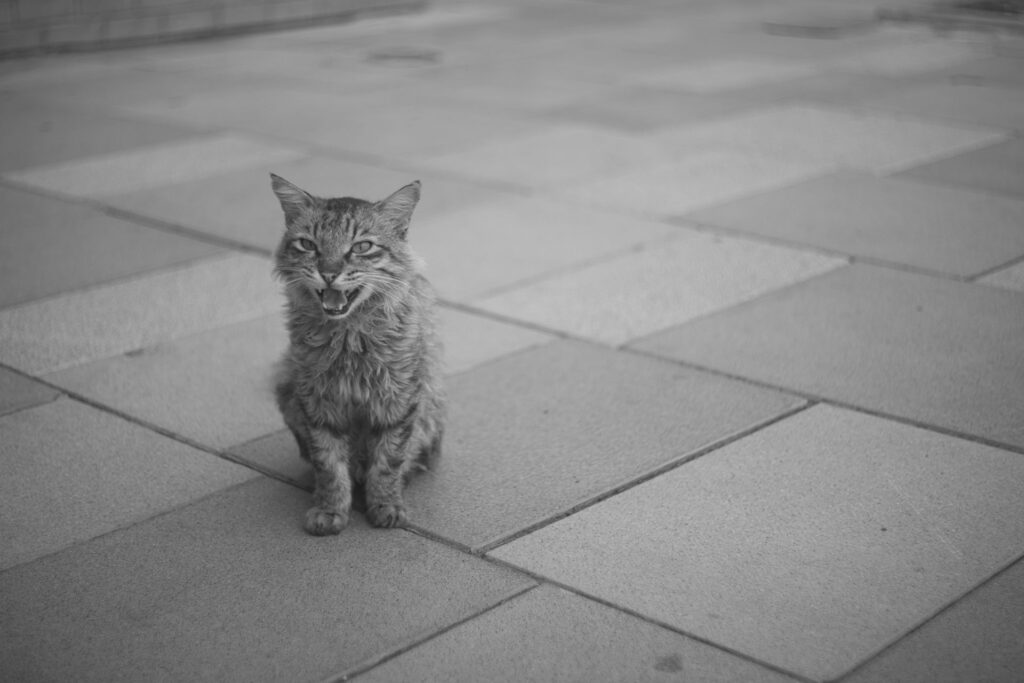
In use, the aperture ring is mushy and heavy, providing the least pleasant and precise feeling of setting the aperture among all the lenses used. lens and the adapter stack is also heavy. Annoyingly heavy. The thing (or, perhaps, the Thing), adapters and all, weighs 425g. Its focus throw is just under 180 degrees. My specific lens also has a chewed-up filter ring, giving it an even more toothy-scratchy appearance. Scratchy, mangled, heavy and somewhat unsightly, this is a lens to use on people one dislikes.
No – it is not sharp. No – it is not pleasant or easy to use. No – it is not light. No.
Canon FL 50mm f/1.4
I could not find an affordable f/1.4 FD so decided to low-bid on an FL and, lo and behold, won. It is a hefty lens, weighing in at 440g with a non-trivial focus throw of 180 degrees. My example is the second (of three) generation of FL 50mm 1.4 lenses.
The fact that this is the second generation rather than the first, by the way, is actually somewhat important – there is no aperture preset on this generation. I have a few Soviet lenses with presets (a Helios and a Jupiter) and the feature is somewhat annoying.
So, punishing, though, the weight is, but oh — the smoothness of operation. The crisp but muted clickiness of the aperture ring. The mechanical play (there is none). Everything, everything is just perfect. I am in love and, instead of splurging words will just present the photograph.
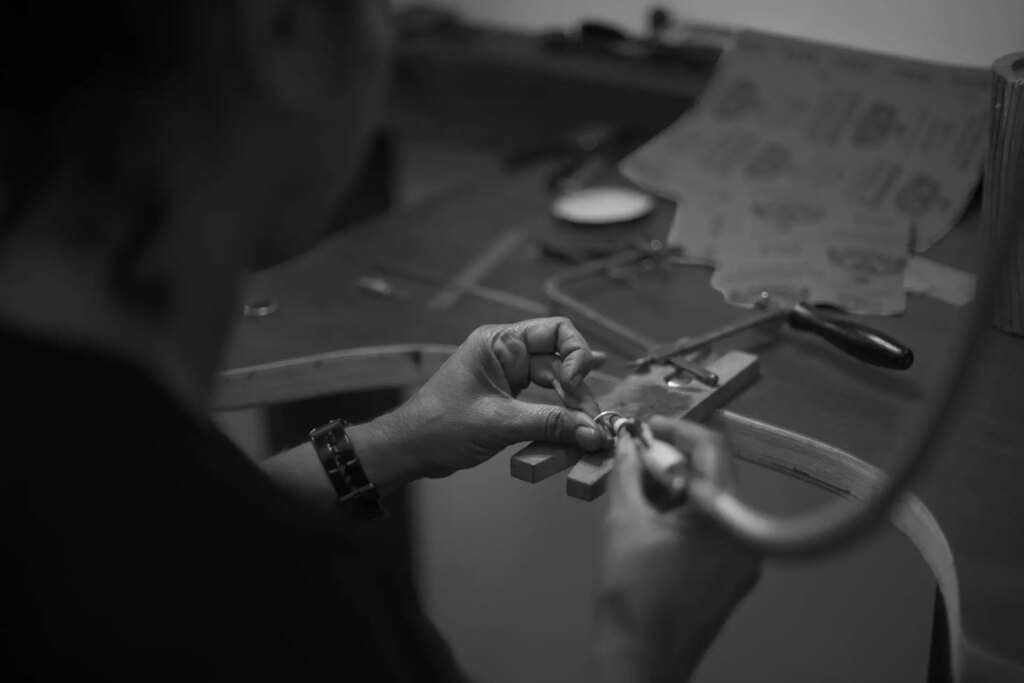
And yes, it feels quite strange to write so little about the lens. So – just look at the creases on the skin. And the somewhat luminous tone of the shot. I am willing to marry this lens.
Индустар-50-2 (Industar-50-2) 50mm f/3.5
Bought for all of $12 from some guy in a nearby town, this Industar is no fast fifty. At f3.5 maximum aperture, its chief attraction is price. Price and a surprising sharpness at even wide-open (well, wide-open for people who maintain that Pi equals 3) settings.
Alas, it is also the most ridiculous-looking of the fifties I mounted on the SL. It sits, like a tiny (but, alas, monochromatic) South-American frog on top of a giant K&F M42 adapter, utterly dwarfed by the latter. And, when the contraption is mounted on the actual SL, it is more ridiculous still. It looks like something broke off, leaving the stub of the lens still attached to the camera. Is the K&F the lens and this is just a filter holder or what?
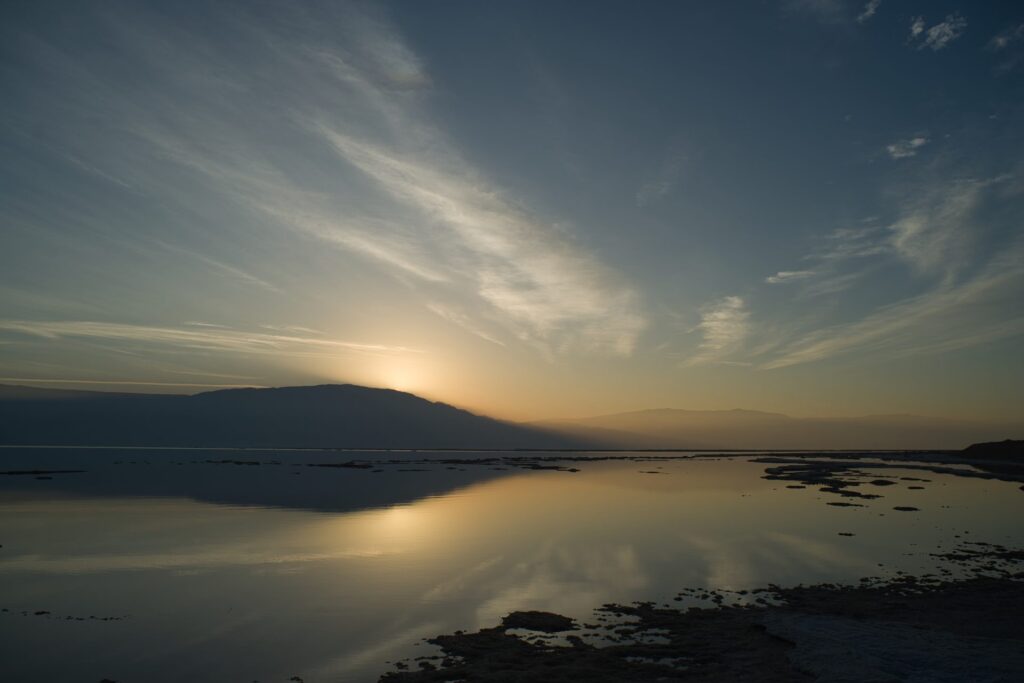
In use, it has all the ease of use of a Summaron 28mm with the added bonus of a truly imperial 330 degree focus travel. A Marco-Polo among focus travels. Setting aperture, are we? The tiny click-less ring requires one to tilt the camera to look at the aperture numbers and then refocus. Fine for the Summaron in zone focusing, less fine on the mirrorless SL.
Together with the adapter, the lens weighs 200g, heavier than the much larger Jupiter. Indeed, it is the adapter here that is at fault — the tiny lens itself weighs only 66g. It feelsa bit of a pity and a sin to mount it on the oversize M42 adapter that wipes away any advantage this lens has.
Зенитар–М (Zenitar-M) 1.7/50
This one came in late from the Ukraine, having gone astray in shipping. Poor lens. And, to add injury to insult, the particular example I got may not have led the easiest of lives — the focus ring has a skip spot and was quite full of dust when it arrived. Luckily, the dust was easily blown out, so off we went.
Looking least like an adapted lens (it is the exact same diameter as the K&F adapter), the Zenitar is the Soviet Takumar. Black, monolithic, heavy (-ier). A chunk of tank.
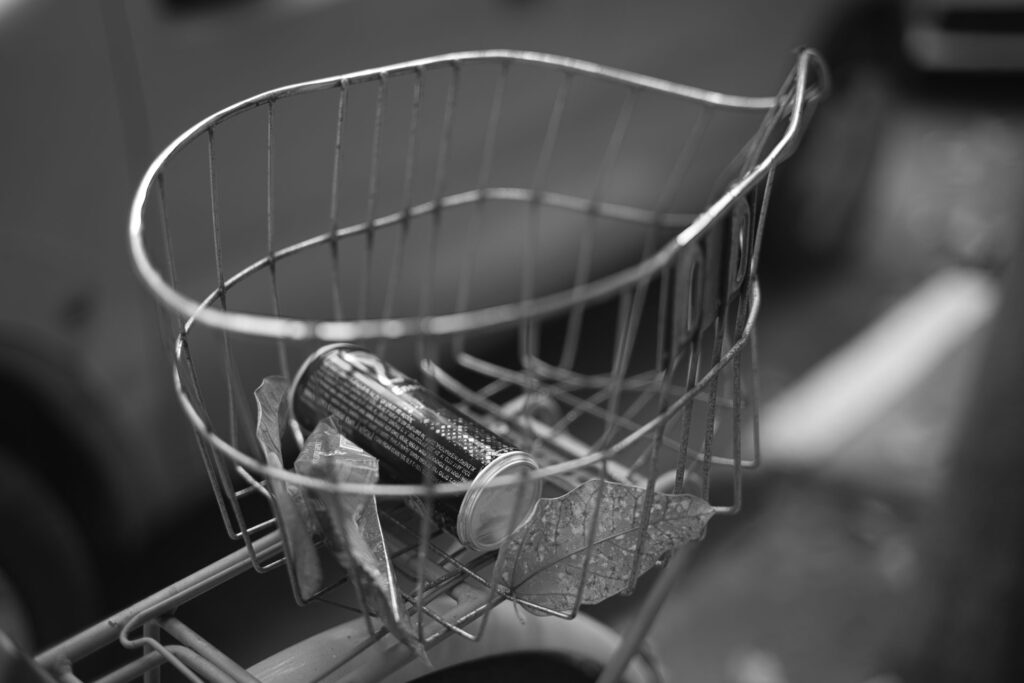
Alas, this is a Soviet Takumar. Everything is there, but everything is a bit off. Not terribly off, but off enough – and so is this lens. As the old Soviet poem says:
А у нас всё как в Париже
Только потолок пониже
И асфальт пожиже(Here it is as in Paris
Only the ceilings are fewer
And the road’s a sewer)
The lens is heavier than the Takumar, weighing in at 415g, adapter included. There are aperture clicks, but they are less precise. Not mushy, just less precise. Yes, the focusing rings is smooth (except that skip spot), but it is too heavy. And the throw, the throw. It is 240 degrees.
On the camera, in the street, it rendered reasonably sharp captures, with a very pleasantly blurry background. A lens to be considered, indeed, but only if others are not to be had.
So, Which One
And then, there were six.
I started on this project by mistake. Looking for a reasonably (and cheap) fast fifty for the SL, the Takumar came first and was then joined by the Schneider-Kreuznach (which took time to be adapted to the SL, what with the DKL mount).
The FL was a compromise – I could not find a reasonably-priced FD, so settled for the previous model. My specific example is a second generation FL. But in use, it was a very pleasant surprise indeed – smooth, precise, clicky. Yummm.
The Industar-50-2 lens came when the lens I really intended to use (the Zenitar) failed to materialise, thanks to the Israeli postal system. Of course, when the Zenitar appeared after all, it went back into the list. And, finally, the Jupiter came as a result of a YouTube review that hailed it as the one hidden gem of photographic equipment that one should and could not live without.
In shooting, I tried as far as possible to shoot wide open and at a speed that would nullify hand-tremors. I chose stationary or near stationary subjects to allow time to focus and minimise the impact of not being intimately acquainted with the lenses.
So – of the fifties that I do own (and there are three more near-fifties that are not in this article, including an Industar-61 and a Helios 44) – which one should be kept.
An easy argument is for the lightest – with the camera itself weighing some 865g, there is much to be said for the Jupiter-8’s lightness. But its wobbliness speaks against it. The Industar-50-2 is no fast fifty and, while providing excellent service and results in landscape and nature photography – a genre I indulge in rarely, it is somewhat inconvenient in use.
The Schneider-Kreuznach Retina-Xenon must be struck off the list just for the name, but the lack of sharpness in the somewhat damaged example I have coupled with the clunkiness of the double DKL-M42 adapter stack against it.
The Zenitar is probably the best of the rest. If one is available (and the leading candidates are not to be had), it is reasonably cheap and almost well built. But marrying an almost to an SL leaves a somewhat almosty aftertaste.
This leaves the SMC Takumar and the Canon FL. The 60g difference between the two is not enough of a factor to push the needle one way or the other. It is the combination of image quality and the “regularity” of the controls of the FL pleases me more. So, it seems to be the winner. For me, that is. If you, gentle reader, come from the other, the unspeakable, camp, then Takumar’s your uncle.
But, in the end, there is a very simple answer. The lens I enjoyed most on the SL is the Carl-Zeiss Planar T* 50mm f/2 ZM. It normally sits on a rangefinder (and so is not in this sample). It is small. It is well and precisely built. Together with the quite small LM adapter, it is the smallest and best partner for the SL. Were the ZM is not in general use elsewhere (and were it not more expensive than all my other fifties and near fifties priced together), I’d use that.
But, as things stand, it is with the Canon FL that I will go to the zoo next week.
Share this post:
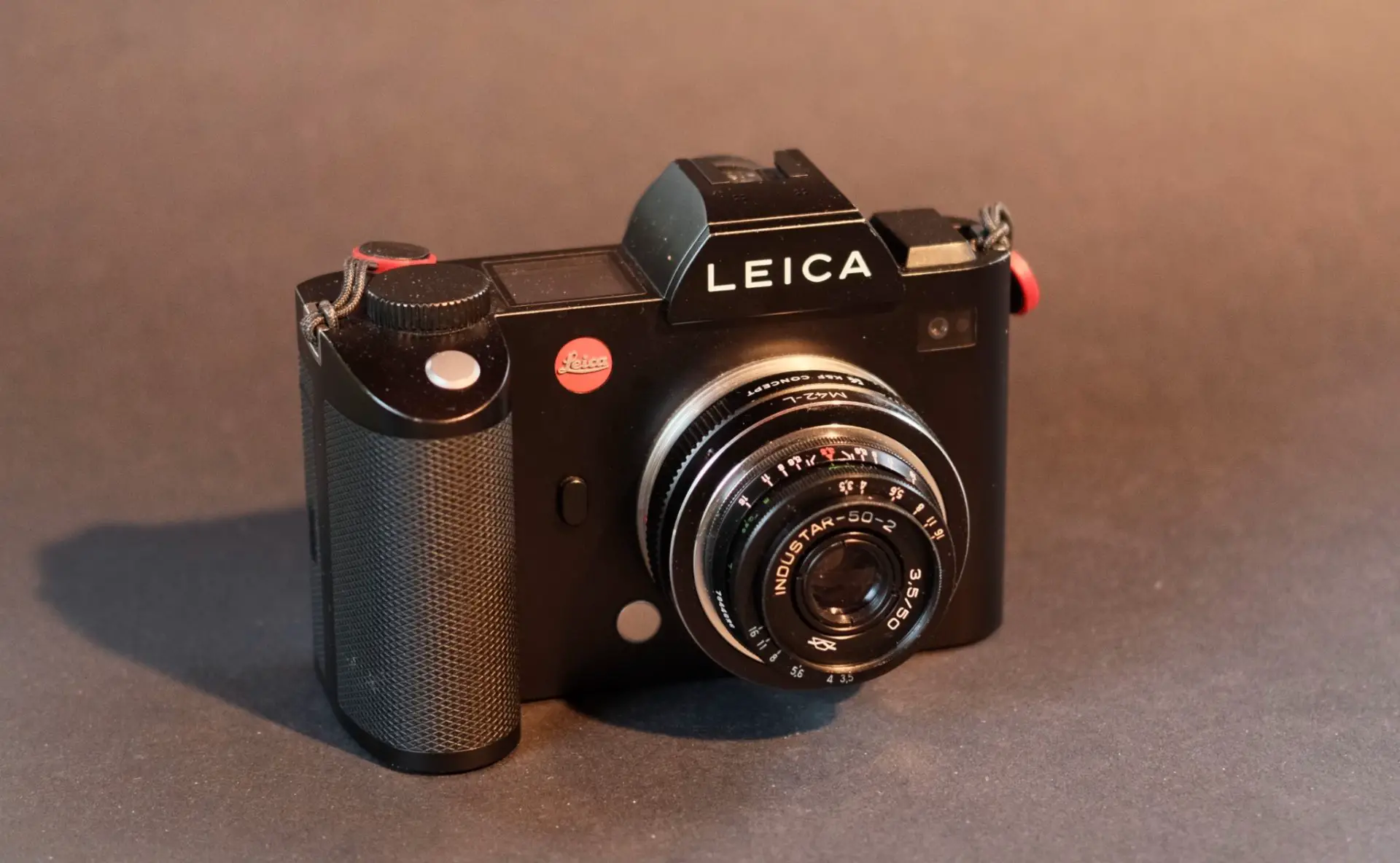








Comments
Jalan on 5 Frames with Five Fifties and a Leica SL (Typ 601)
Comment posted: 16/02/2024
Comment posted: 16/02/2024
Comment posted: 16/02/2024
Gary Smith on 5 Frames with Five Fifties and a Leica SL (Typ 601)
Comment posted: 16/02/2024
Geoff Chaplin on 5 Frames with Five Fifties and a Leica SL (Typ 601)
Comment posted: 17/02/2024